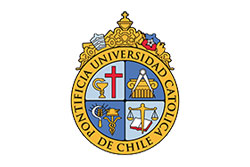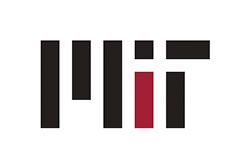Meetings explored the features of BRTData.org
Source: Embarq Brasil (7/April)
Photos: Mariana Gil /EMBARQ Brasil

The BRCoE Director was one of the participants of the meetings organized by EMBARQ Brazil and the BRT Centre of Excellence in partnership with Fetranspor. In these two workshops the BRTData.org platform was presented to both journalist and academics.

Brazil has doubled its vehicle fleet between 2002 and 2012 and is also champion in amount of bus lanes. It has more than 800 kilometers (approx. 500 miles) of priority roads to the bus in 34 cities, which serve more than 12 million people a day. The corridor system of Rio de Janeiro is the second most extensive worldwide. Perhaps these facts point to a behavioral change of Brazilian cities, which have begun to invest more heavily in public transportation. These and other data on the bus priority systems can be accessed with the BRTData.org platform presented.

“I was glad to have more precise information on BRT, especially on the systems of Rio which still face many difficulties,” said Eva Vider, Urban Transport and Transport Economics professor of the UFRJ Polytechnic School.
The greatest contribution of BRTData.org is to enable comparison between different systems of priority corridors in the world. “The site should be used, adjusted and supplied with updated data. It exists to disseminate the state of the art and make this information public,” said Luis Antonio Lindau, CEO of EMBARQ Brazil and member of the BRTCoE, which led the presentation of the platform next to Cristina Albuquerque, Transportation engineer EMBARQ Brazil and of the Centre of Excellence.

The capacity of a lane dedicated to buses only is 10 times larger than one dedicated to private transport. “The BRT’s promise is to deliver a similar service to the subway, but on surface. The BRT needs to be quick, comfortable, reliable and regular” says Juan Carlos Muñoz, director of the BRTCoE. As BRT uses space previously destined to cars, it balances the amount of space used by different transport modes. This is one of BRT’s strengths: it promotes public transport and discourages the use of car. The prioritization of public transport contributes to the reduction of greenhouse gases, deaths, injuries and traffic accidents, personal exposure to pollutants and contributes to increased physical activity.












